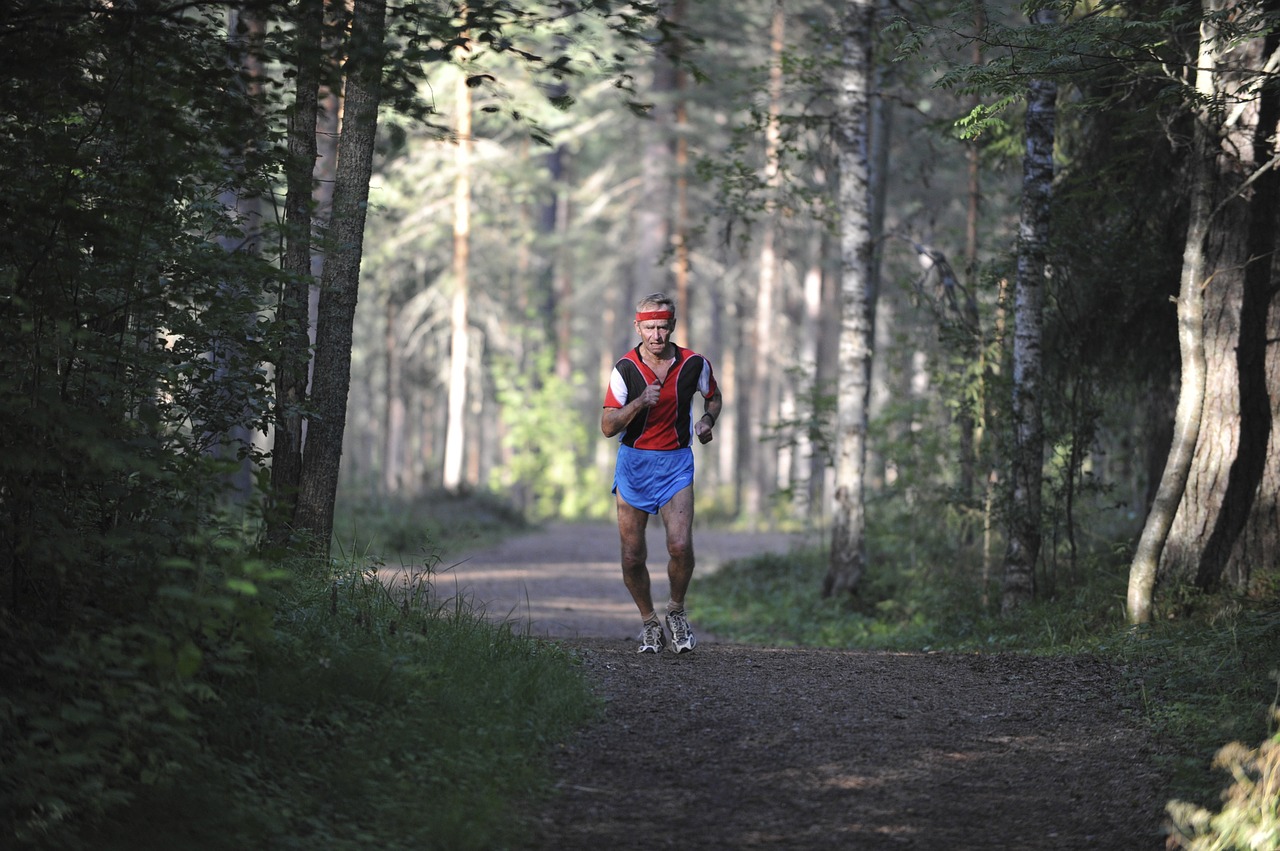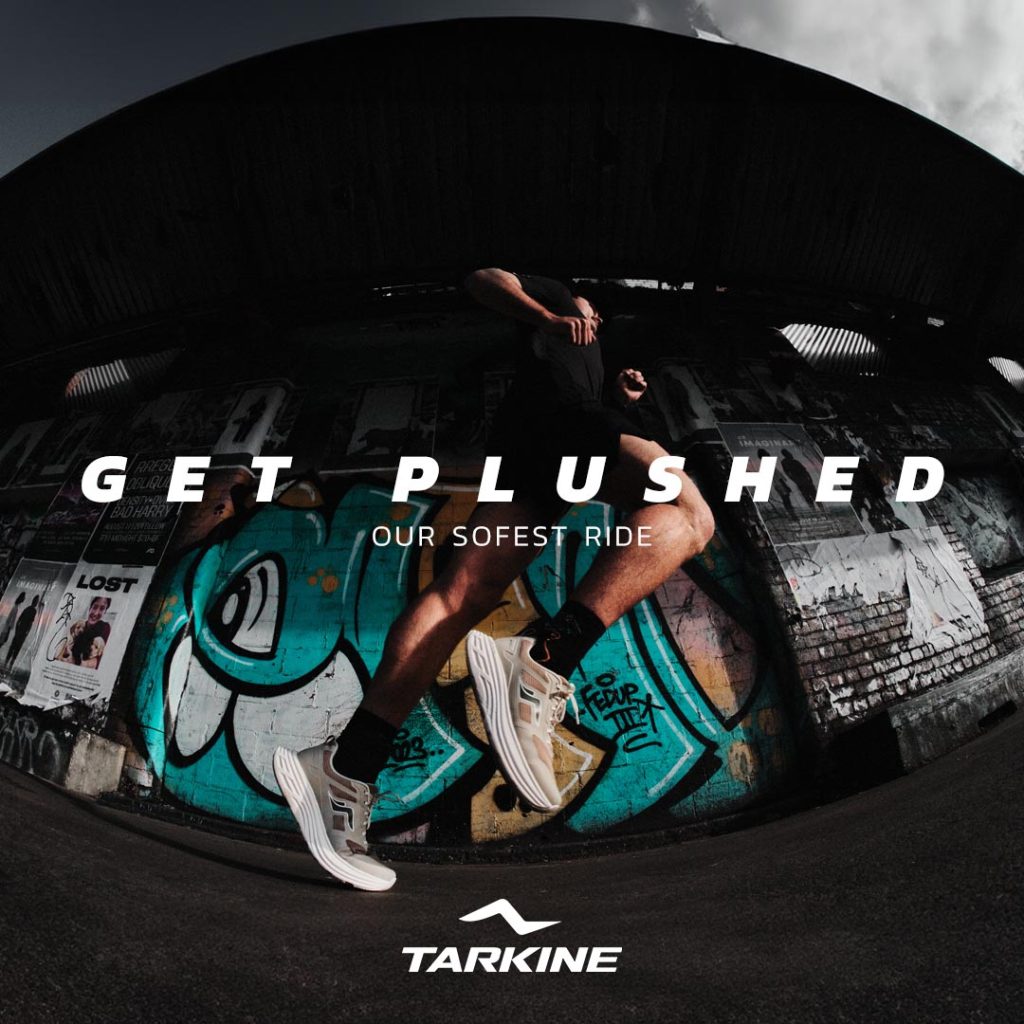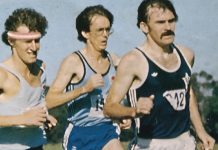Running is an incredible form of exercise that can benefit anybody. It strengthens your bones and muscles, improves your stamina, and helps you lose weight. However, it can be difficult to run as you age, because your body no longer works as efficiently as it used to. As you get older, there are ways you can combat aging and still run at your top speed. Here are 5 tips for running faster as you get older, whether you live in 55+ communities and want to run with your friends, or if you are a solo runner.
Allow yourself time to recover.
When you’re young, you can spring back from a challenging workout easily and quickly, without much soreness or resistance from your body. As you get older, one of the biggest challenges you’ll notice is that it takes longer to recover after you’ve exercised. To maintain your speed and stamina, it’s important to give yourself the time you need to recover from these hard workouts. You may need to take a few days in between stressful workouts instead of training every day. If you feel something hurting, don’t push it – let your body rest and recover before starting again, and take measures to reduce any inflammation you may have. By giving yourself time to recover, you’ll find that you run faster when you are out on the trail.
Stretch and warm up before you start running.
Older bodies are generally stiffer, so it’s hard to get going at the beginning of a workout without a warmup first. Taking the time to stretch and get your blood pumping before you start running at your hardest is one of the best ways to prevent injury. By keeping your body loose and flexible, you’ll be able to run at your fullest potential without dealing with age-related resistance. It’s also important to do some gentle stretches and cool down after a run to maintain your flexibility.
Use strength training to prevent injury.
Older bodies are unfortunately more prone to injury, but you don’t have to let this defeat you. A good way to prevent injuries is to pair some strength training with your regular running regime. There are many ways to do this – you can try weight training, or you can go for something a little more gentle, like Pilates conditioning. Focus on the areas where you know you are weakest and most prone to injury, and try working with a trainer if you aren’t sure where to start.
Fuel your body properly.
Nutrition is one of the most important components of effective exercise, so don’t forget to give your body the fuel it needs to run at its peak. Older bodies don’t need as many calories as younger ones do, but it’s still important that you get the necessary protein and carbohydrates you need for a workout energy. Eating before, during, and after long runs is one of the best ways to ensure you don’t lose steam.
Work out with others.
As you get older, having motivation to keep running can be incredibly beneficial. Try joining a club of older runners to push you to run at your best. Running clubs are also a great social activity that can help you make friends as you age. Socialization is an important part of senior living, so don’t neglect it, even in your exercise regime.
Just because you’re getting older doesn’t mean you can’t run at your peak. The key is to take care of yourself and really listen to your body. With some care and attention, you can give your body the tools it needs to run at your best later in life.

















